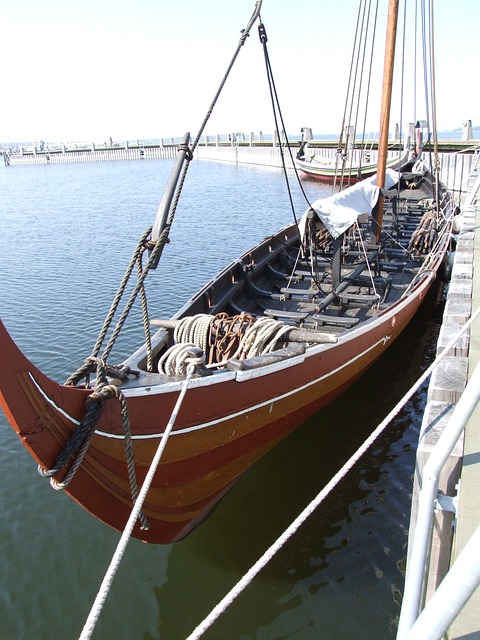History
The Beginning

The start of how Denmark became a country lies in the early Viking Age, during which time the Danes were busy exploring and conquering new lands. In the 8th century, they had established settlements in present-day Norway, Sweden, and parts of England. With the expansion of their influence across these regions, they began to develop their own unique culture and language that would distinguish them from other Scandinavian tribes. Over time, as Danish power grew significantly within these territories, it helped establish them as a major political force within Scandinavia. The unification of Denmark into a single kingdom is often credited to Gorm the Old who ruled from 936 to 958 CE. He was the first ruler to assert control over most areas inhabited by Danes and even laid out some of the foundations that helped shape modern Danish society. Under Gorm the Old's rule, Denmark experienced a period of stability and prosperity. His son, Harald Bluetooth, continued his father's legacy and expanded Danish influence even further. Harald is credited with introducing Christianity to Denmark and establishing the Jelling Stones, which are considered to be Denmark's most important historical monuments. The legacy of Gorm and Harald laid the foundation for Denmark's future as a major player in European politics.
The Downfall
After the reigns of Gorm and Harald, Denmark underwent a period of expansion and consolidation under the rule of Canute the Great. With his ascent to the throne in 1018, he expanded his territory to include Norway, England, and parts of Sweden, creating a vast North Sea Empire. This led to increased trade and wealth for Denmark as well as cultural exchange with its new territories. However, after Canute's death in 1035, the empire fell apart due to conflicts among his heirs. Denmark then experienced several centuries of political fragmentation with regional power struggles between various noble families. The Kalmar Union in 1397 briefly reunited Denmark with Norway and Sweden under Danish leadership but ultimately collapsed due to internal strife between the parties involved. These events set the stage for further instability that followed throughout Danish history into modern times.
The Rise

The collapse of the Kalmar Union in 1523 marked a turning point in Danish history, bringing about an era of political and economic growth that has been referred to as Denmark's Golden Age. Freed from the restrictions imposed by the Union, Denmark was able to focus on its own internal affairs and develop its national identity. Under King Christian III, who came to power after the collapse of the Union, Denmark implemented significant reforms aimed at strengthening its economy and consolidating royal power. These reforms included the adoption of Lutheranism as the state religion, which helped unify the population and provided an ideological basis for enforcing royal authority. The rise of Denmark during this period was also enabled by increased engagement with international trade, particularly in maritime industries like shipping and fishing. Overall, the end of the Kalmar Union allowed Denmark to grow into a prosperous and powerful nation-state.
